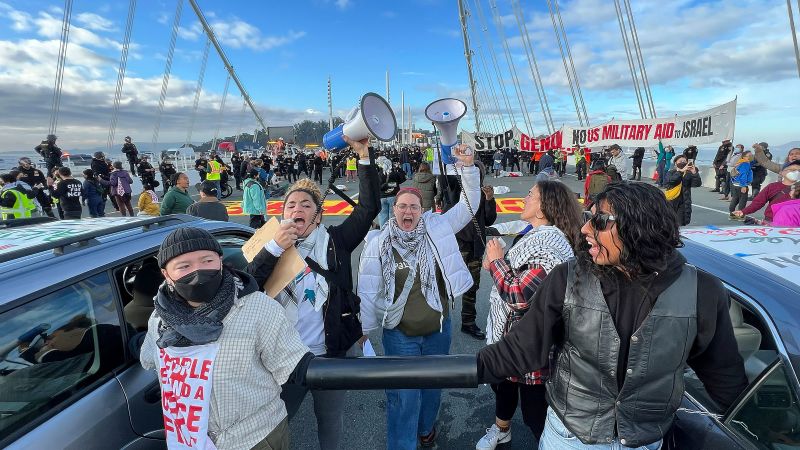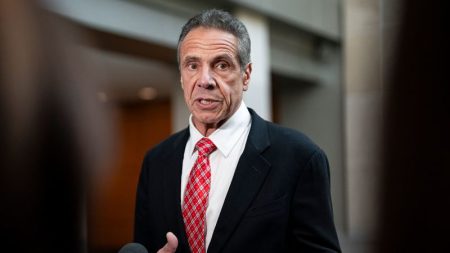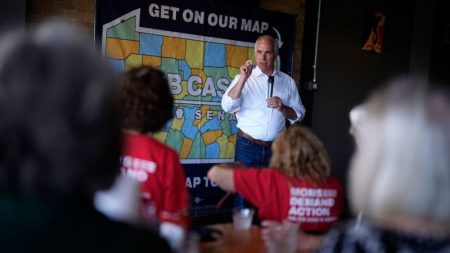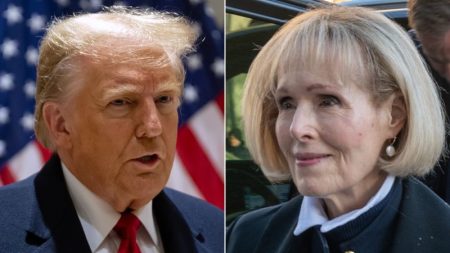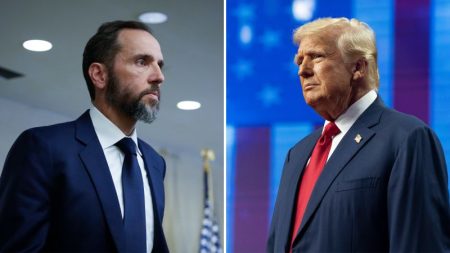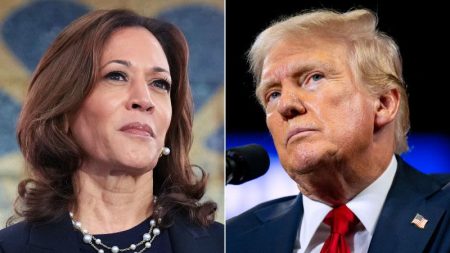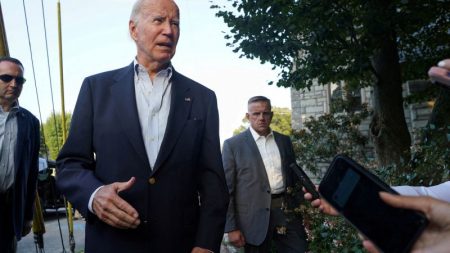A version of this story appeared in CNN’s What Matters newsletter. To get it in your inbox, sign up for free here.
A few people can make a very big scene.
It was just a line of cars that shut down the Bay Bridge between Oakland and San Francisco, stopping traffic headed in the direction of a meeting of world leaders that included US President Joe Biden and Chinese President Xi Jinping.
Traffic around the convention center was already restricted so the protest probably had no effect on the Asia-Pacific Economic Cooperation summit. But grinding Bay Area traffic to a halt for a few hours allowed the small group of protesters, calling for a ceasefire in Gaza, to get pictures of their banners out in social and traditional media.
Similarly, it was a relatively small group of protesters, apparently from left-wing Jewish and socialist groups, also making a statement in support of Palestinians, who clashed with police in Washington, DC, Wednesday night.
Video shows clash outside DNC headquarters that forced lawmakers to evacuate
Blocking entrances and exits to the Democratic National Committee headquarters on Capitol Hill, the protesters forced the evacuation of Democratic lawmakers, including House Minority Leader Hakeem Jeffries.
Jeffries was at a much larger gathering on the National Mall Tuesday, when he appeared on stage in front of many tens of thousands of people gathered to support Israel. At the Israel rally, Jeffries joined hands with Republican House Speaker Mike Johnson in support of Israel.
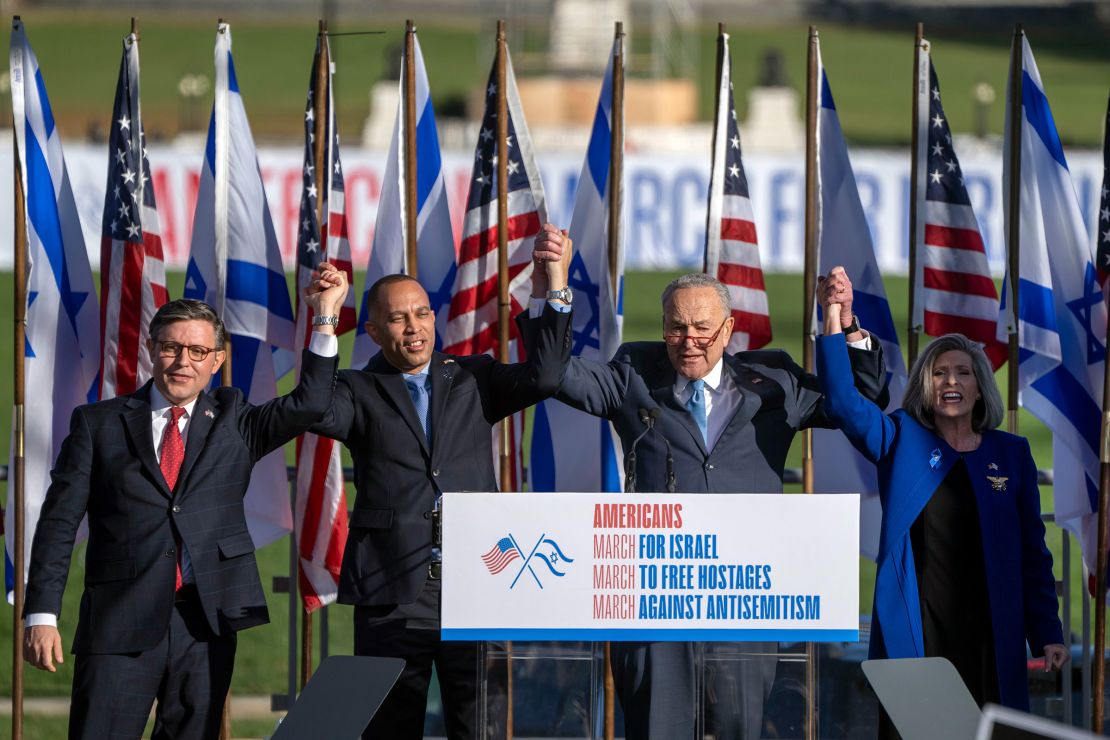
On Thursday, Johnson posted on X that the protesters who blocked the DNC headquarters – leading to six Capitol Police officers seeking medical treatment but only one arrest – were “pro-Hamas,” which doesn’t seem accurate.
“As Americans, we must unite with one voice in steadfast support of our ally Israel,” Johnson said.
The conflict in the Middle East has brought Americans out to the streets. Hamas’ terror attacks, which killed more than 1,200 people in Israel, and Israel’s subsequent bombardment of Gaza, which has caused more than 11,000 Palestinian deaths, according to the Palestinian health ministry, have caused painful debates in the US about antisemitism, free speech on college campuses and US foreign military aid.
There are similar protests throughout the Western world. Hundreds of thousands of people rallied for Palestinians in London, calling for a ceasefire in Gaza on Armistice Day, which commemorates the end of World War I. Police, meanwhile, clashed with counter-protestors.
When Biden went to his home in Wilmington, Delaware, over the weekend, hundreds of pro-Palestinian protesters marched along the street and made themselves known outside his house. CNN’s Kevin Liptak noted Biden has also seen protests in Illinois, where he recently traveled for a speech and that he has been interrupted twice by protesters calling for a ceasefire.

Pro-Palestinian rally near Biden’s home reflects ‘growing anger’ over president’s handling of conflict
Biden and the US government support a “humanitarian pause” in hostilities in Gaza of multiple days to get basic supplies needed for human life into Gaza, but they argue that is not support for a ceasefire.
To the extent these protests are reflective of a split in the country, it is mostly a split on the political left.
More than half of the lawmakers that make up Democrats’ Senate majority sent a letter to Biden last week asking for clarity on how the administration would guarantee Israel mitigates civilian deaths in Gaza.
Democrats are just about evenly split on Biden’s handling of the Israel-Gaza conflict, according to an AP-NORC poll released last week. Most of those who disapprove of his performance on the issue say the US is too supportive of the Israelis.
Younger Democrats and Democratic voters of color were more likely than White Democrats and Democrats 45 and older to disapprove of Biden’s handling of the issue. Those are two constituencies that are bedrocks of the coalition Biden and Democrats hope will turn out to get him reelected next year.
Given the protests are focused on a Democratic president and led to lawmakers being evacuated from the DNC, it would be easy to start drawing comparisons to 1968, when protests and violence marred the Democratic National Convention.
That level of discontent today feels very different. There’s no war in Vietnam and no draft, for starters.
In 1968, President Lyndon B. Johnson also faced multiple, credible challenges from within the Democratic Party. While many Democrats today wish Biden would step aside, the chaos that resulted from Johnson’s decision to bow out of his reelection campaign should be a warning to them.
Johnson bowed out of the presidential race in March 1968, after barely winning the New Hampshire primary. Today, there hasn’t exactly been a groundswell of support for Rep. Dean Phillips, the Minnesota Democrat challenging Biden.
In 1968, not long after Johnson dropped out of the presidential race, the assassination of Martin Luther King Jr. set off devastating riots in multiple US cities. A Democratic presidential candidate, Robert F. Kennedy, was killed by an assassin in June. There were riots outside the Democratic National Convention in August, when delegates cast away the anti-war candidate Sen. Eugene McCarthy in favor of Johnson’s Vice President Hubert Humphrey, who had not taken part in any primaries.
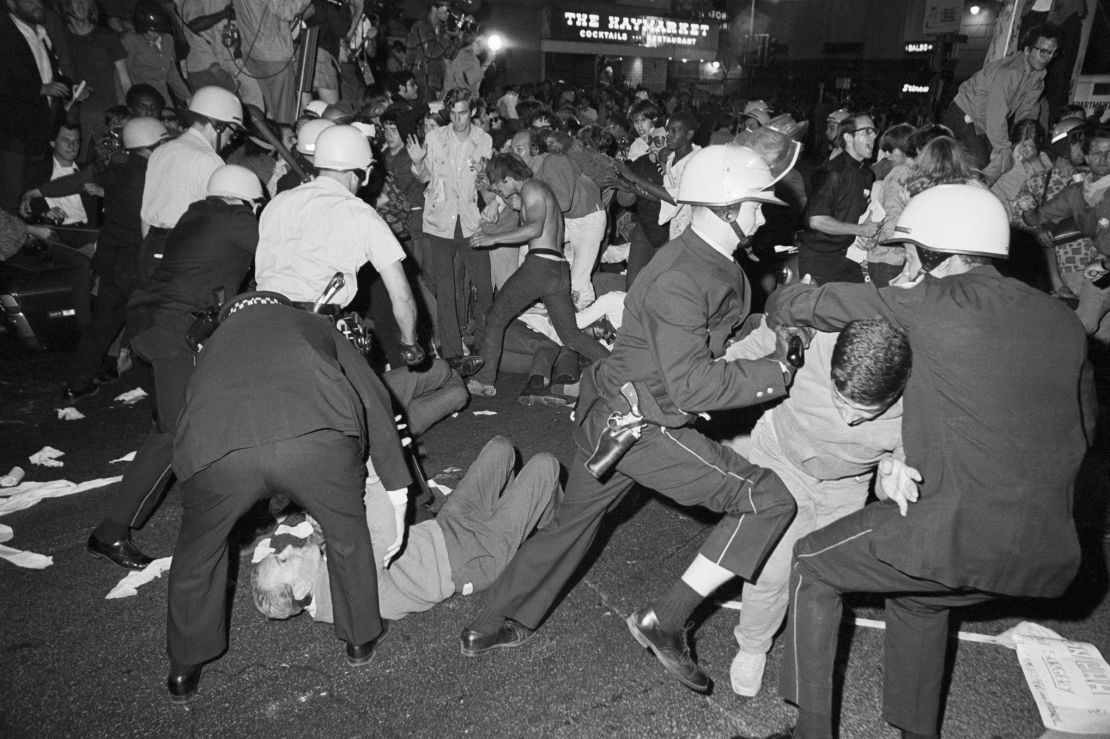
A different kind of third-party candidate
Kennedy’s son, Robert F. Kennedy Jr., decided to run for president in 2024 as an independent – after first trying to gain traction as a Democrat – because his politics, which is fueled by conspiracy theories, is out of whack with a lot Democrats.
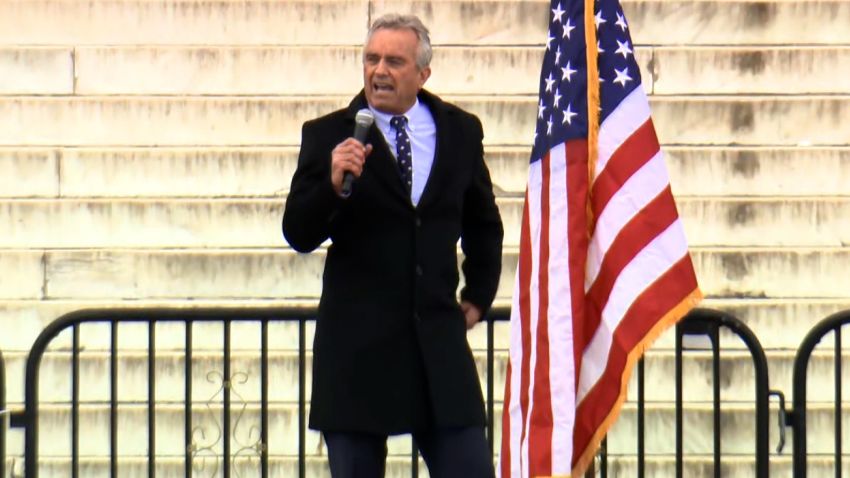
Hear what the son of an American political icon says about vaccine mandates
That doesn’t mean Kennedy won’t influence the upcoming election. This year, Kennedy has polled as high as 22% in a Quinnipiac University poll, which is on the same level as former Alabama Gov. George Wallace in 1968 or Ross Perot in 1992, according to CNN’s Harry Enten. Nobody is expecting Kennedy to win states like Wallace, who carried much of the South and amassed 46 electoral votes.
But Enten also looked at recent New York Times/Siena College polling in six key states that helped Biden win in 2020 and where former President Donald Trump, at least according to this poll, currently has a lead.
From Enten’s report:
When Kennedy was introduced as an option among likely voters, Trump was ahead of Biden in only two states (Georgia and Nevada). His 5-point leads in Arizona and Pennsylvania disappeared into ties. Biden held a well-within-the-margin-of-error edge in Pennsylvania, while the two were tied in Michigan.
Put another way, a clear Trump polling lead became a jumbled mess with no clear favorite to win in the Electoral College thanks to Kennedy.
Jumbled mess is exactly what it feels like trying to make sense of US politics at the moment.
Read the full article here
